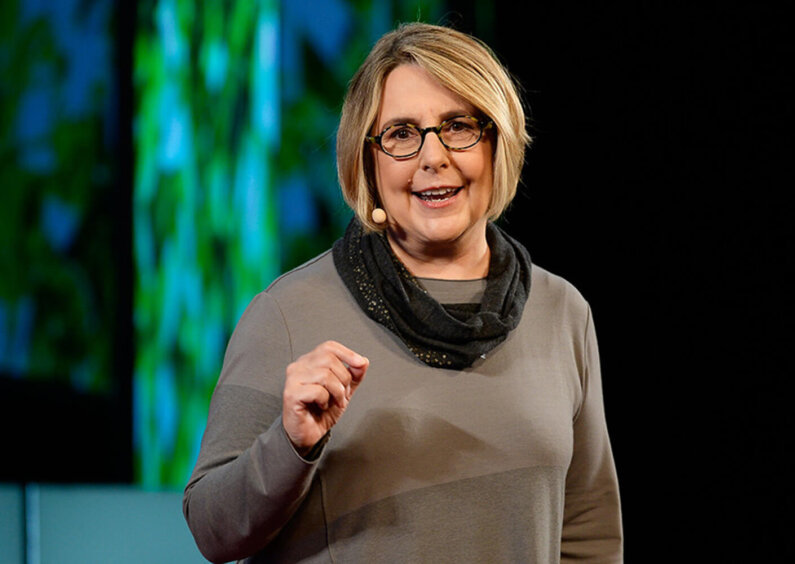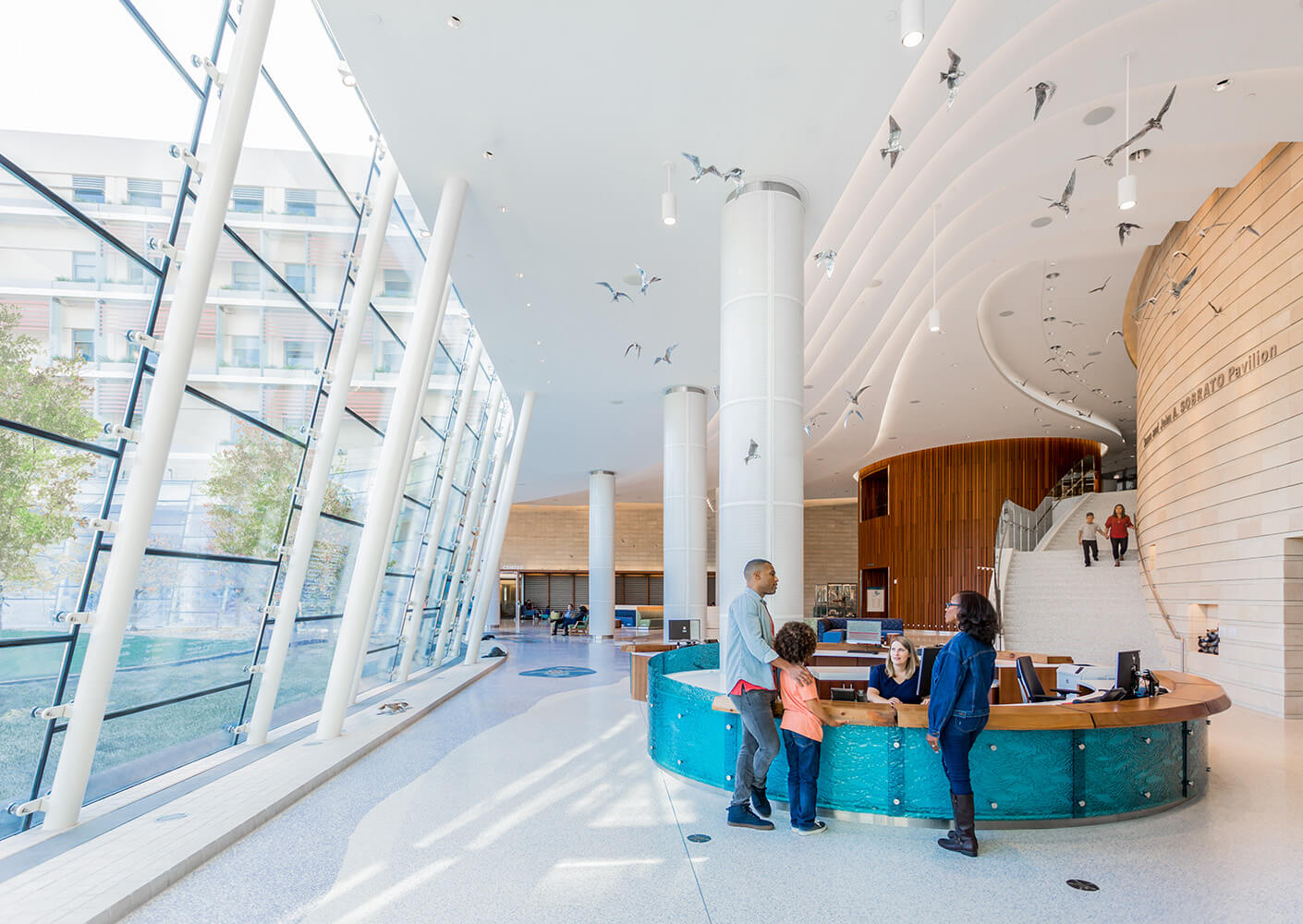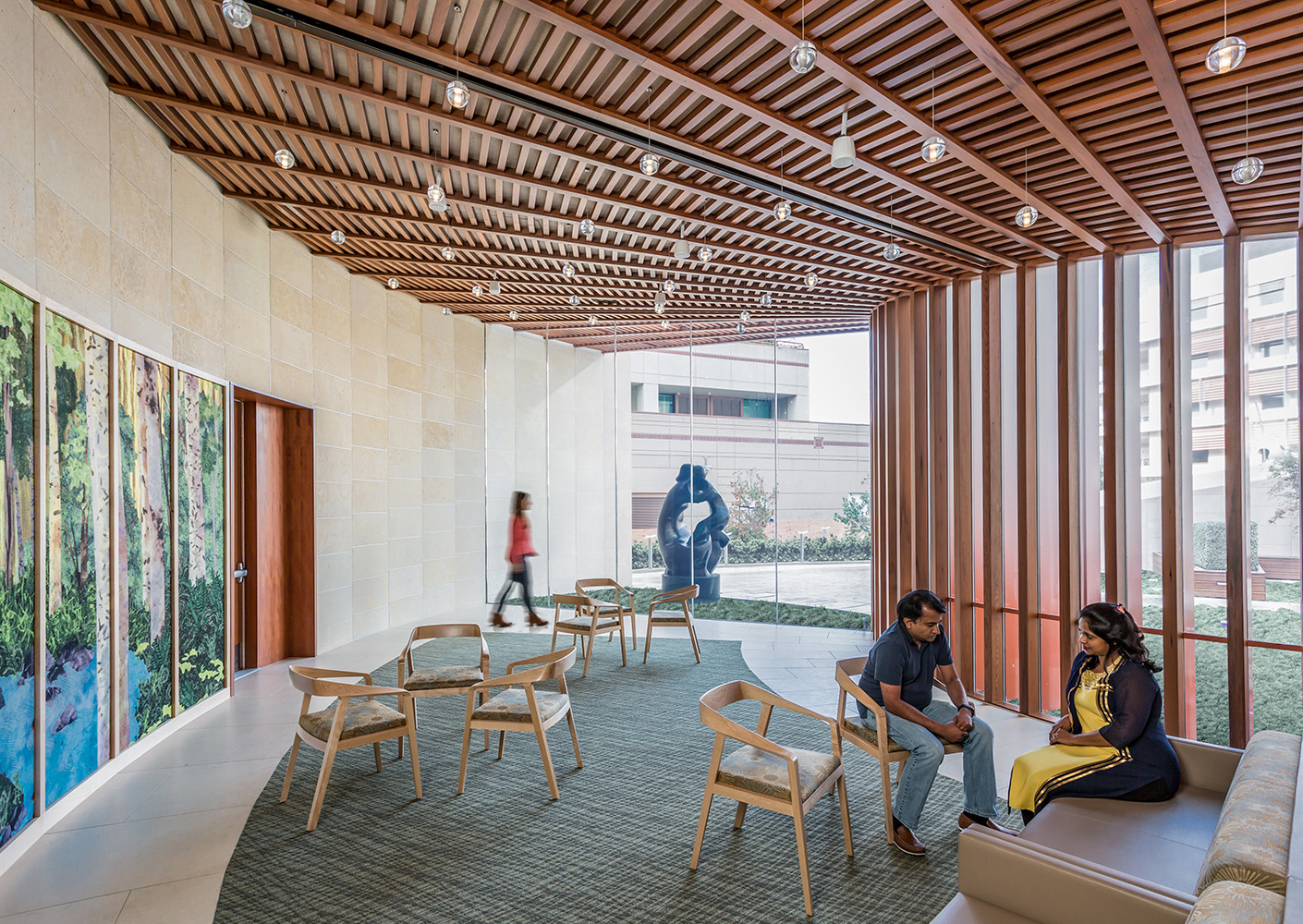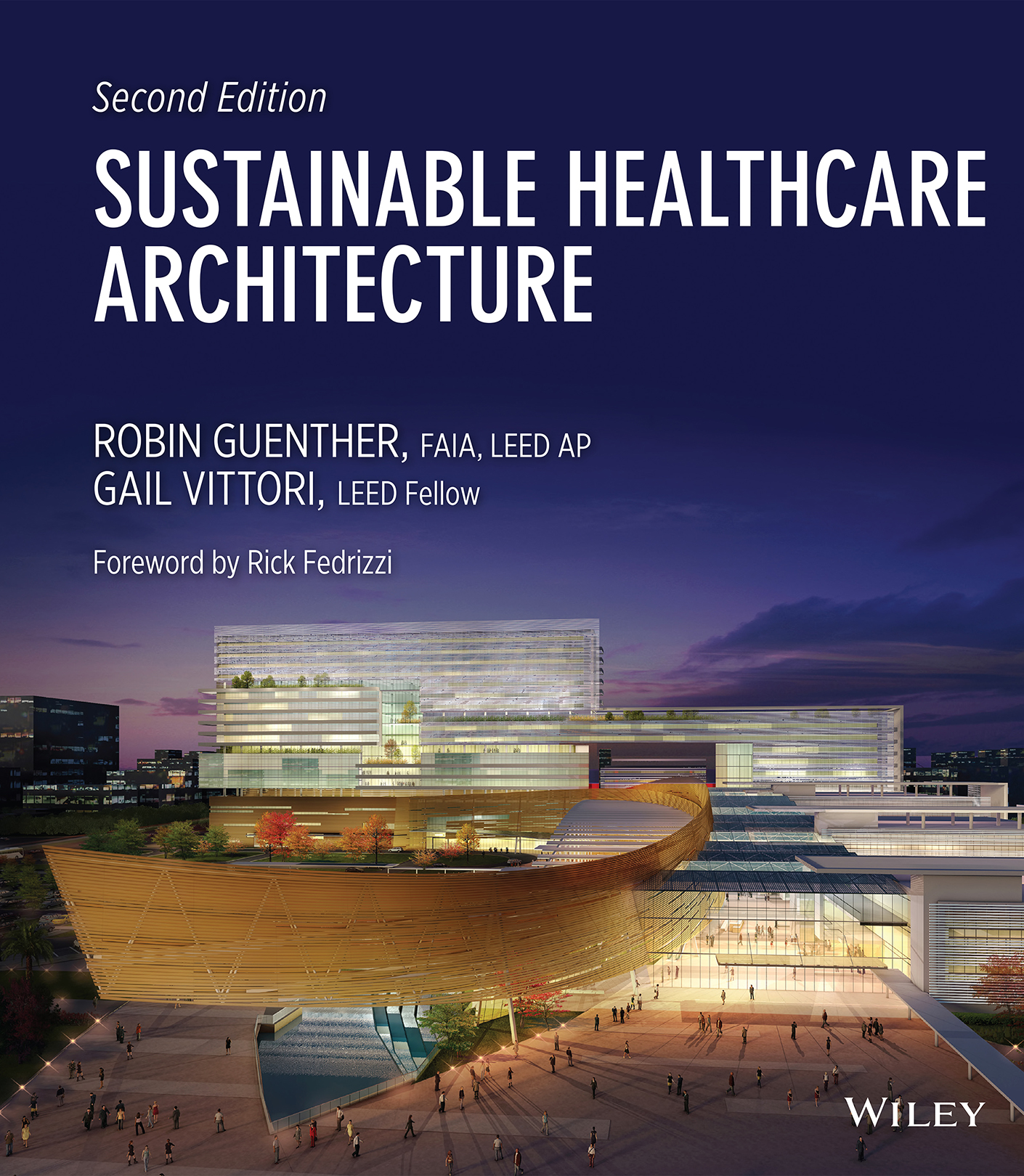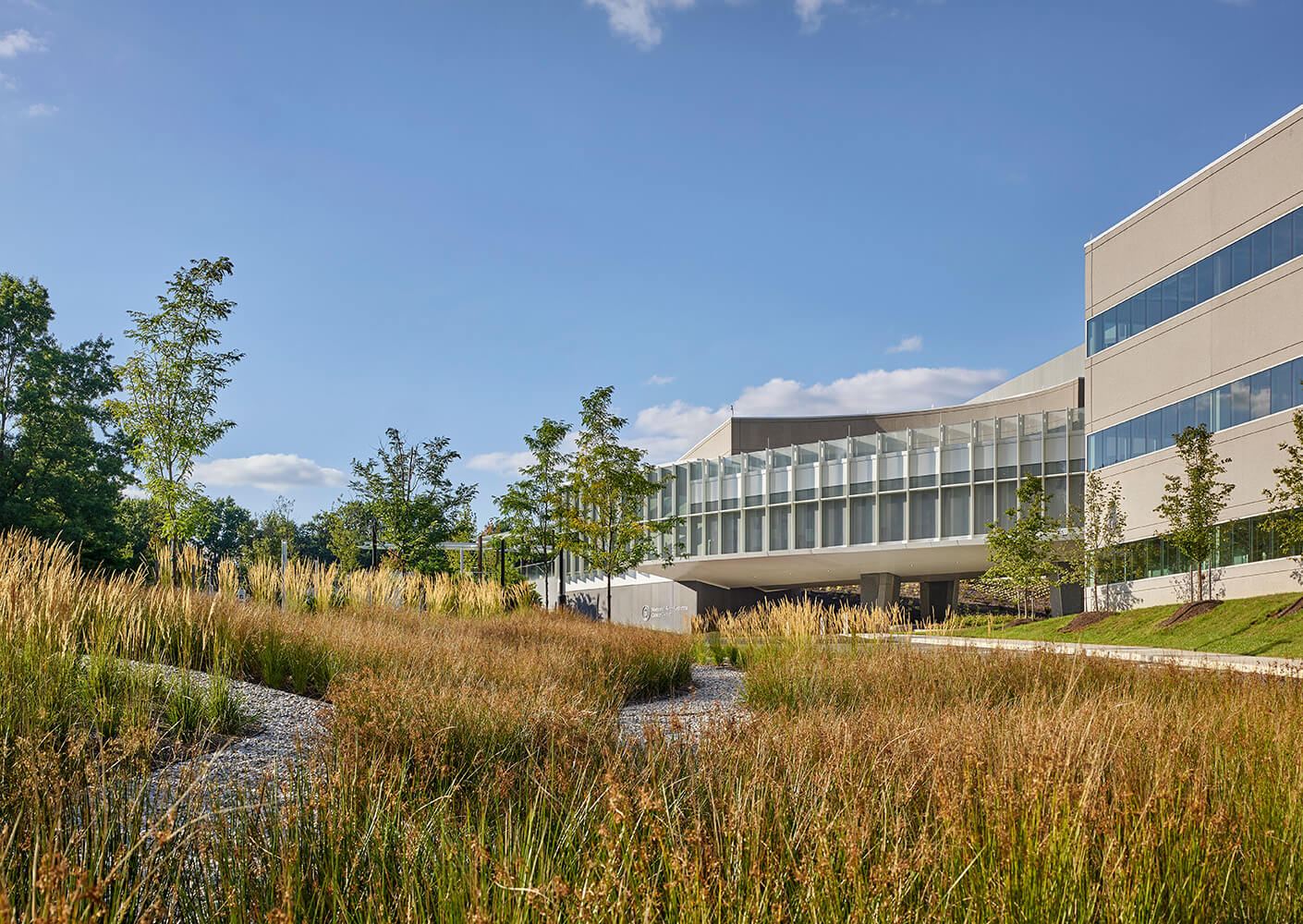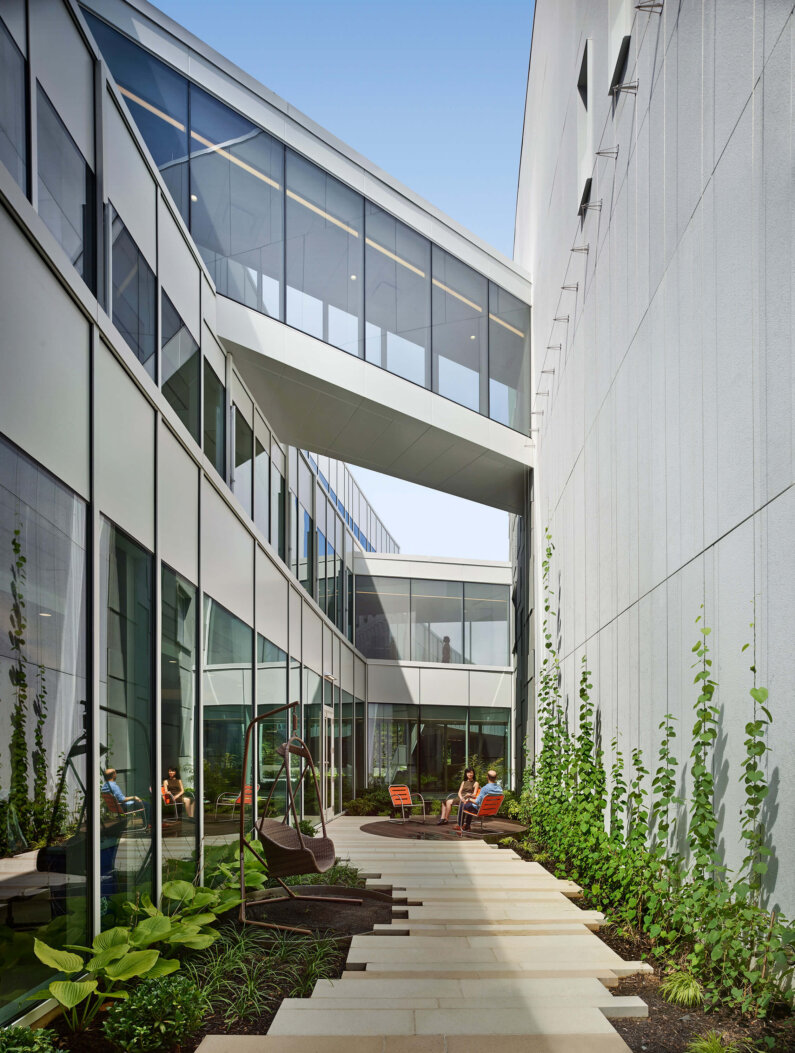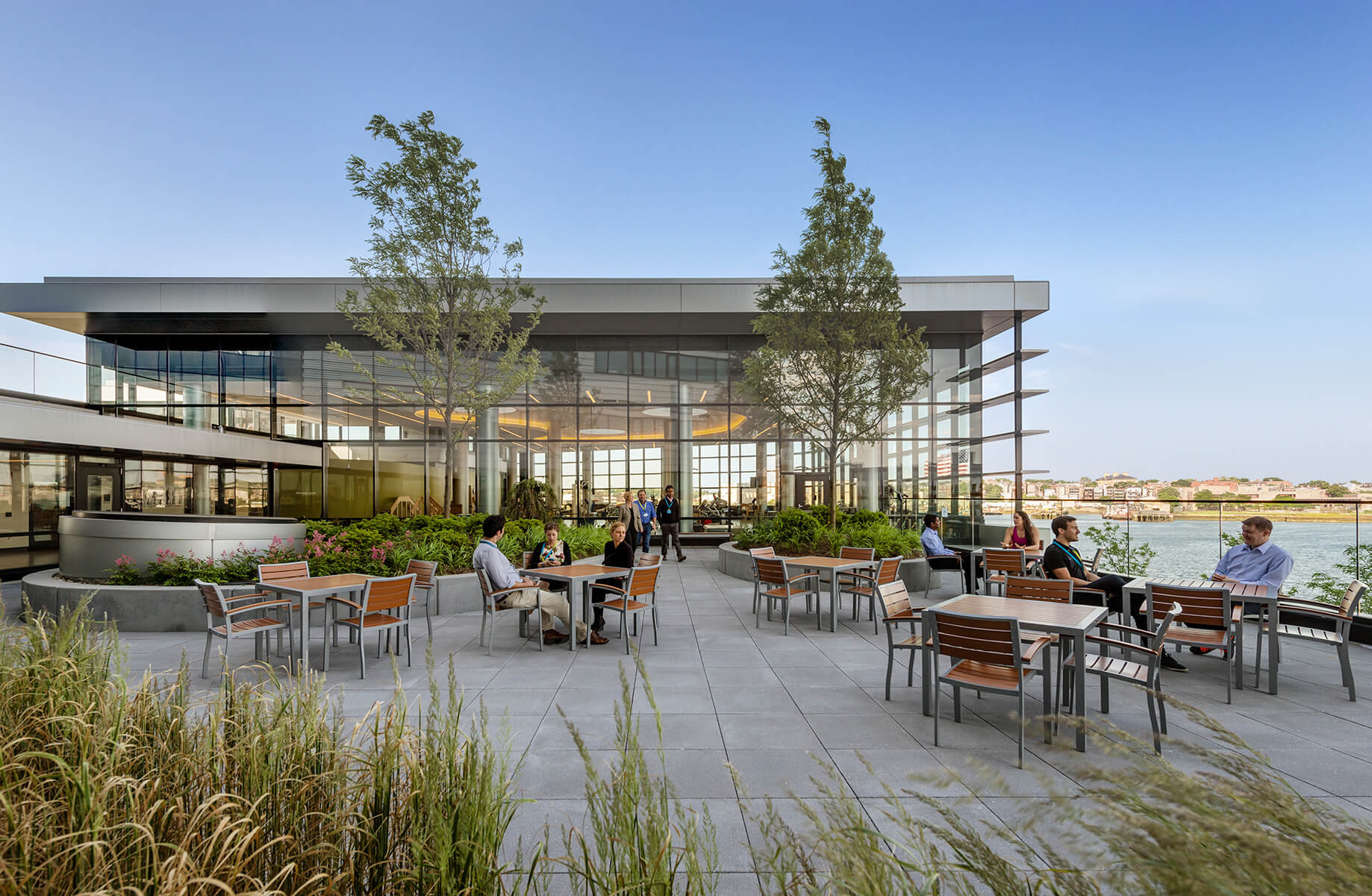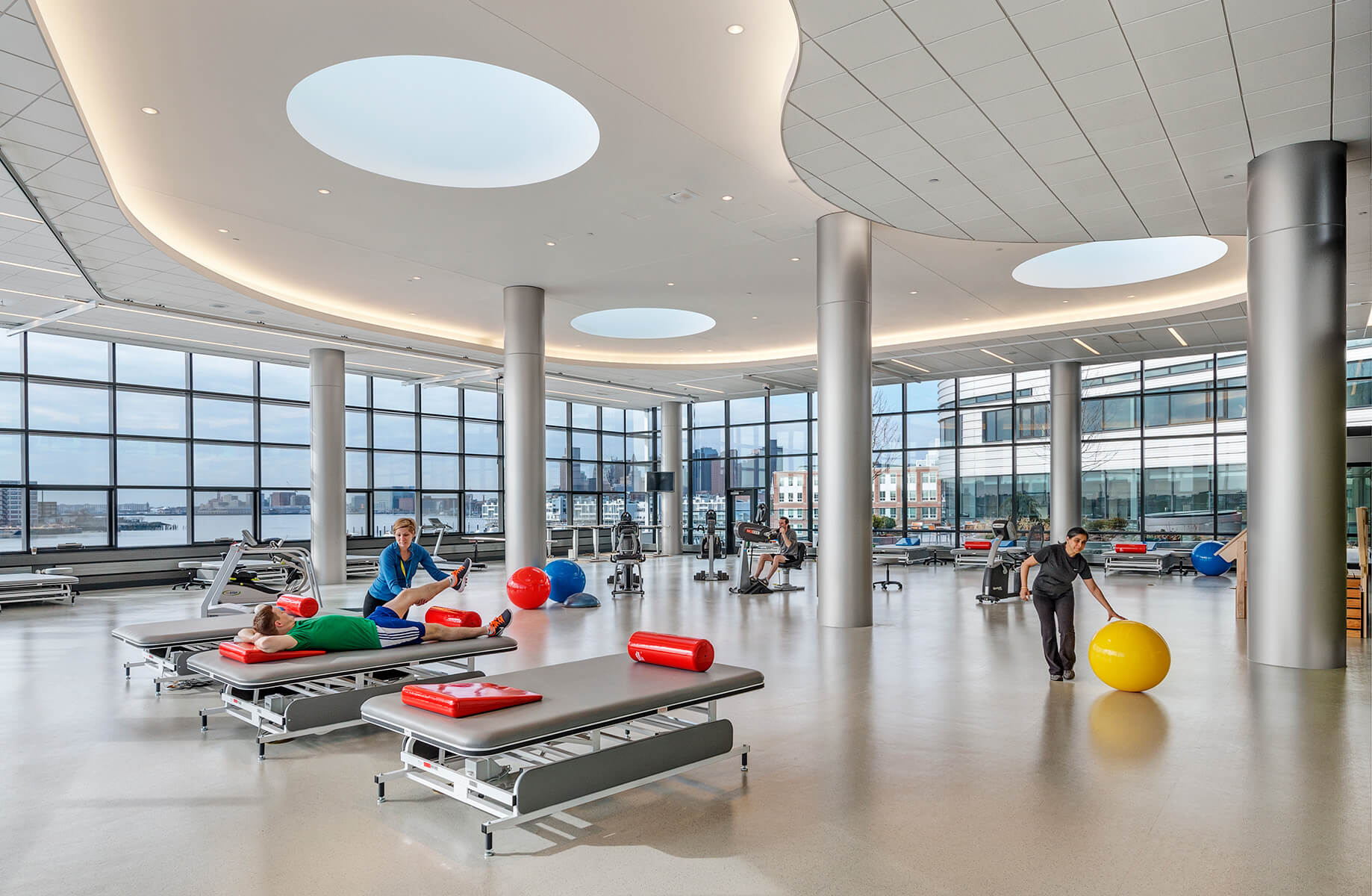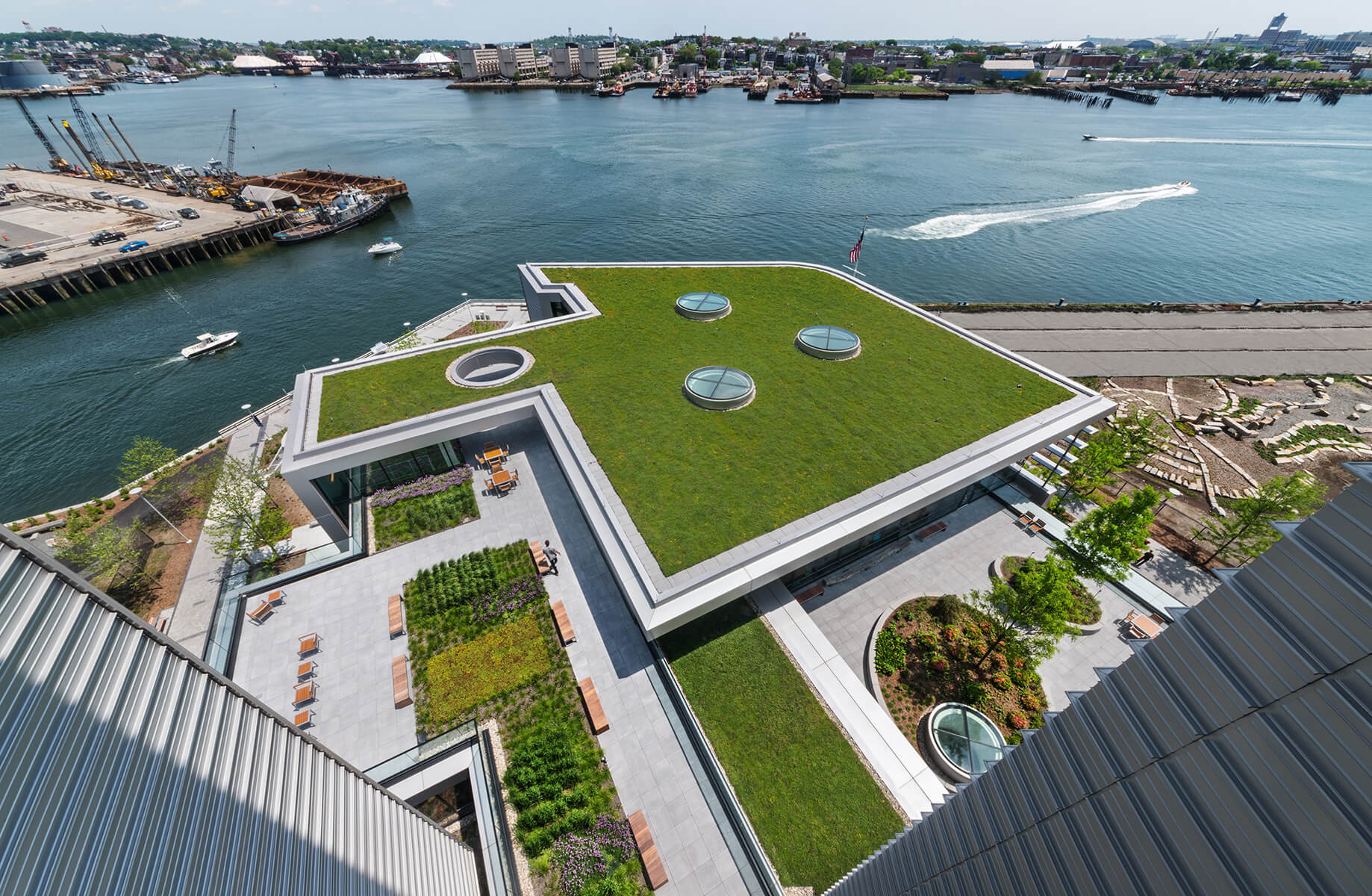The Architect
Robin was a pioneer in the field of architecture; her work focused on the intersection of sustainability policy and health design. She directed the sustainable design strategies of numerous innovative healthcare projects in the U.S. and abroad, many of which have been featured in leading design publications. Some of the highlights of her work include the Lucile Packard Children’s Hospital Stanford—the second children’s hospital in the world to earn LEED Platinum certification—in Palo Alto, California; Spaulding Rehabilitation Hospital—which was designed to continue operating during catastrophic flooding—in Charlestown, Massachusetts; and Memorial Sloan Kettering Monmouth Ambulatory Care Center—the repurposing of a 1980s office building using biophilic design—in Middletown, New Jersey.
Robin’s impact on the practice of architecture extended well beyond the projects she personally worked on. She played a key role in the development of Perkins&Will’s 2008 Precautionary List, a public compilation of substances of concern commonly found in building products worldwide. Revolutionary for its time, the Precautionary List helped ignite an industry movement toward healthier built environments and more transparent product manufacturing. Robin and her team later helped create the Transparency website, which—in addition to hosting the Precautionary List—provides chemical descriptions, data on human and environmental health hazards, information on ways people can be exposed to those chemicals, relevant government regulations and industry rating systems, and associated building products.
